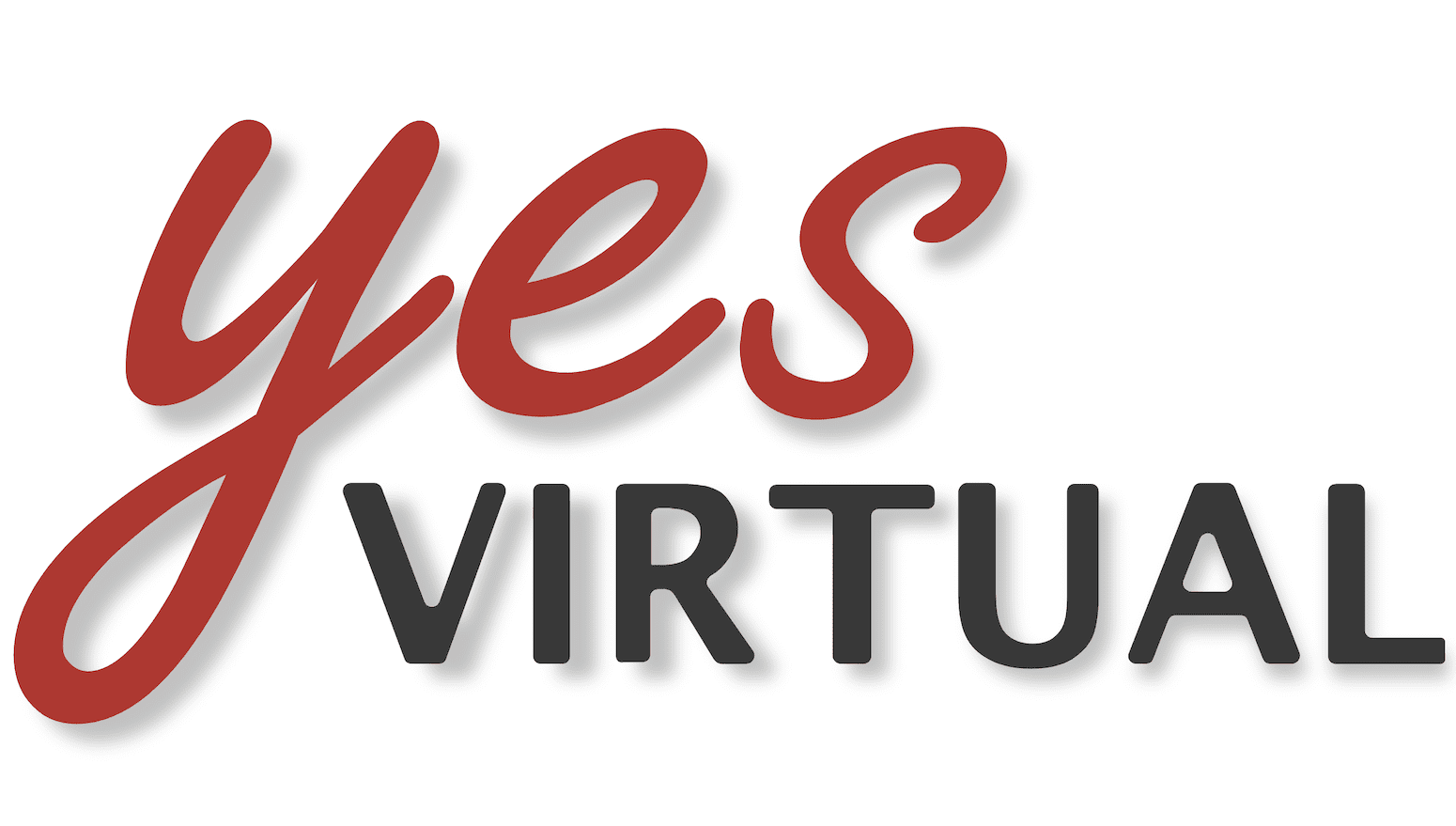Navigating the complexities of a multilingual team requires thoughtful communication strategies that accommodate non-native English speakers and ensure that all team members can collaborate effectively. Overcoming language barriers isn’t just about ensuring everyone speaks the same language but also about fostering an environment where all team members can communicate clearly and effectively.
One foundational strategy is to establish English as the common business language while also encouraging respect for all languages spoken within the team. It’s essential to acknowledge and appreciate the effort non-native speakers put into communicating in a second language. To support this, teams can provide language training resources or subscriptions to language learning platforms to help non-native speakers improve their English proficiency.
In meetings and written communications, it’s beneficial to adopt a “plain English” approach. This means avoiding idioms, colloquialisms, and cultural references that can be confusing to those not fluent in English. Additionally, slowing down speech, enunciating clearly, and using simple sentence structures can significantly enhance understanding. For critical communications, consider following up with written summaries to reinforce key points and provide a reference that team members can review at their own pace.
Another effective technique is to leverage technology. Communication tools that offer real-time translation services can bridge the gap between different languages, allowing for smoother and more inclusive discussions. Similarly, collaborative platforms with integrated language support can help ensure that all team members have access to the same information and can participate fully in team activities.
It’s also important to create an inclusive atmosphere that encourages all team members to communicate without fear of judgment. This includes actively encouraging participation from everyone and creating opportunities for team members to express themselves in ways they find comfortable, such as through written feedback if they are less comfortable with speaking.
Finally, fostering an environment of continual learning and sensitivity towards language diversity can lead to more effective communication. Regular training sessions on cultural competence and communication can help team members from different linguistic backgrounds better understand each other, reduce frustrations, and improve team dynamics.
Implementing these strategies can help overcome the challenges of language barriers in multilingual teams, ensuring that all team members feel valued and understood, which is crucial for building a cohesive and productive team.
